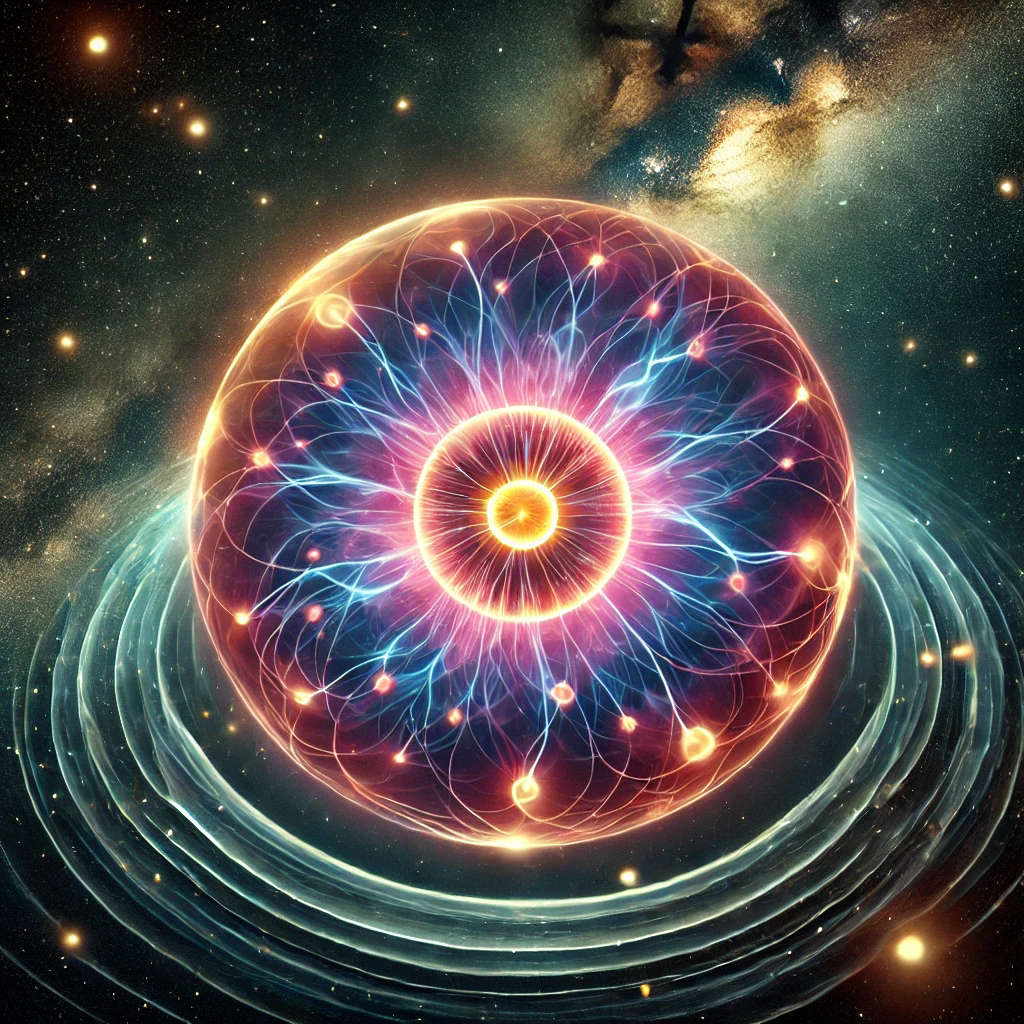Hello there, dreamers and deep thinkers,
Welcome to another deep dive on the Cognitive Psycho blog. Today, we’re exploring a fascinating topic that sounds like it’s straight out of a sci-fi novel: plasmoids. These mysterious plasma formations have piqued the interest of scientists and space enthusiasts alike. So, grab your cosmic curiosity, and let’s unravel the secrets of plasmoids together.
What is a Plasmoid?
A plasmoid is essentially a coherent structure of plasma and magnetic fields, trapped in a self-contained loop. They’re like bubbles of charged particles, existing within the plasma state of matter – which, by the way, you might remember as the fourth state of matter. Plasma consists of free-flowing ions and electrons and is found abundantly in the universe, especially in stars, including our sun. Plasmoids are formed in various astrophysical environments and can vary tremendously in size and shape.
The Discovery of Plasmoids
The concept of plasmoids was first proposed in the 1950s by physicist Winston H. Bostick. He described them as “magnetic vortices” formed by the movement of magnetic lines of force. These structures are not just theoretical; they’ve been observed in laboratory plasma experiments and in the vast reaches of space. The study of plasmoids helps scientists understand magnetic reconnection events—where magnetic field lines from different magnetic domains are forced together, break, and reconnect. This process is a key to unlocking the power of nuclear fusion and understanding solar flares.
Plasmoids in Space
In the cosmos, plasmoids play a significant role. For example, during solar flares, the sun releases huge quantities of plasmoids, which are hurled into space. These solar plasmoids can travel towards Earth and interact with our magnetic field, leading to spectacular displays of auroras. Moreover, plasmoids are thought to be involved in the formation of certain types of stellar jets observed emanating from young stars or the regions around black holes. Understanding these could provide insights into the processes governing galaxy formation and evolution.
The Role of Plasmoids in Magnetic Reconnection
Magnetic reconnection, a critical phenomenon in plasma physics, involves the explosive realignment of magnetic field lines near plasmoids. This process releases vast amounts of energy and is believed to be the driving force behind solar flares and coronal mass ejections. By studying plasmoids, researchers hope to predict these potentially damaging solar events better. Such predictions are crucial for protecting Earth’s satellites and power grids from solar storm-induced damages.
Plasmoids and Human Technology
Interestingly, the study of plasmoids isn’t just about understanding celestial phenomena. It also has practical applications here on Earth, particularly in the development of nuclear fusion technology. Fusion, the process that powers the sun, involves merging atomic nuclei to release energy. Scientists are trying to replicate this process to create a virtually inexhaustible source of clean energy. Plasmoids are integral to stabilizing the magnetic fields in fusion reactors, making them key to harnessing fusion power safely and efficiently.
Challenges and Future Research
Despite their potential, studying plasmoids poses significant challenges. These structures are incredibly transient and can be difficult to detect and analyze, whether in space or in experimental settings. Moreover, the physics governing plasmoids is complex, involving intricate interactions of plasma dynamics and magnetic fields. As technology advances, however, new observational tools and simulation techniques are expected to provide deeper insights into these enigmatic entities.
Conclusion: Why Plasmoids Matter
Plasmoids might seem like obscure or esoteric aspects of physics, but they could hold the key to future technologies and our understanding of the universe. As we continue to explore the vastness of space, the study of plasmoids will not only help protect our planet from solar phenomena but also advance our quest for clean energy through nuclear fusion. These tiny, magnetic bubbles of plasma might just be one of the building blocks for a sustainable future in both space exploration and energy consumption.
And there you have it—a whirlwind tour of the mysterious world of plasmoids. From powering the stars in our galaxy to potentially powering our cities in the future, plasmoids are more than just a curiosity. They’re a crucial part of the cosmic puzzle and a fascinating example of the wonders yet to be fully understood. Stay curious, and who knows what other mysteries we’ll unravel next time?
Thank you for joining me on this exploratory journey. Until next time, keep looking up and wondering about the marvels of our universe!
April
Cognitive Psycho




